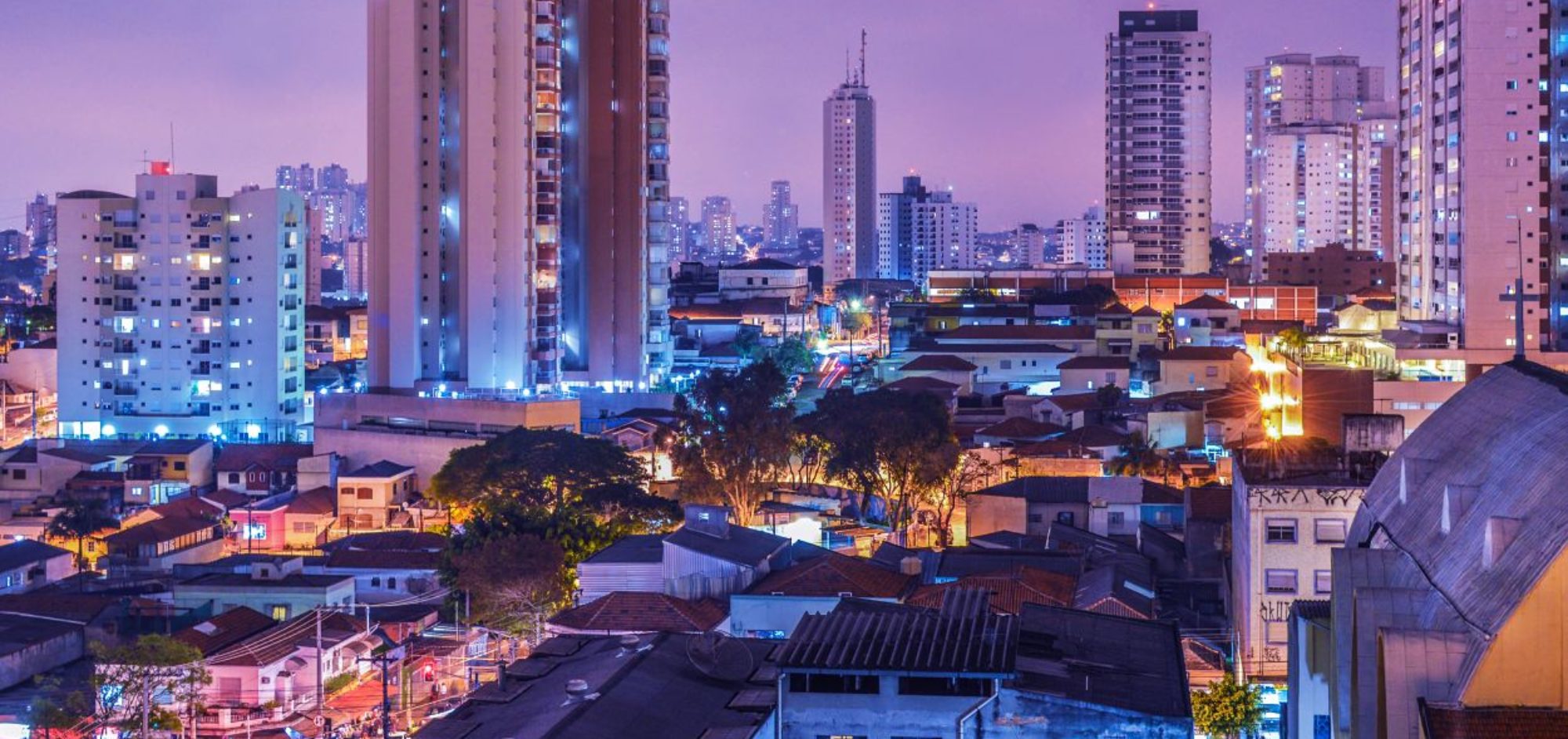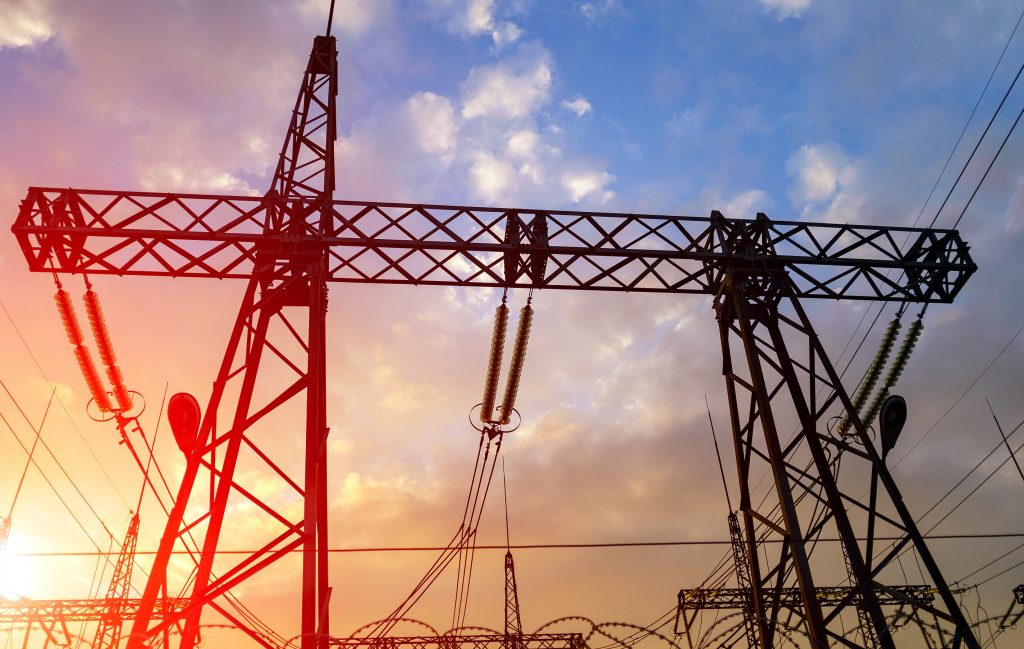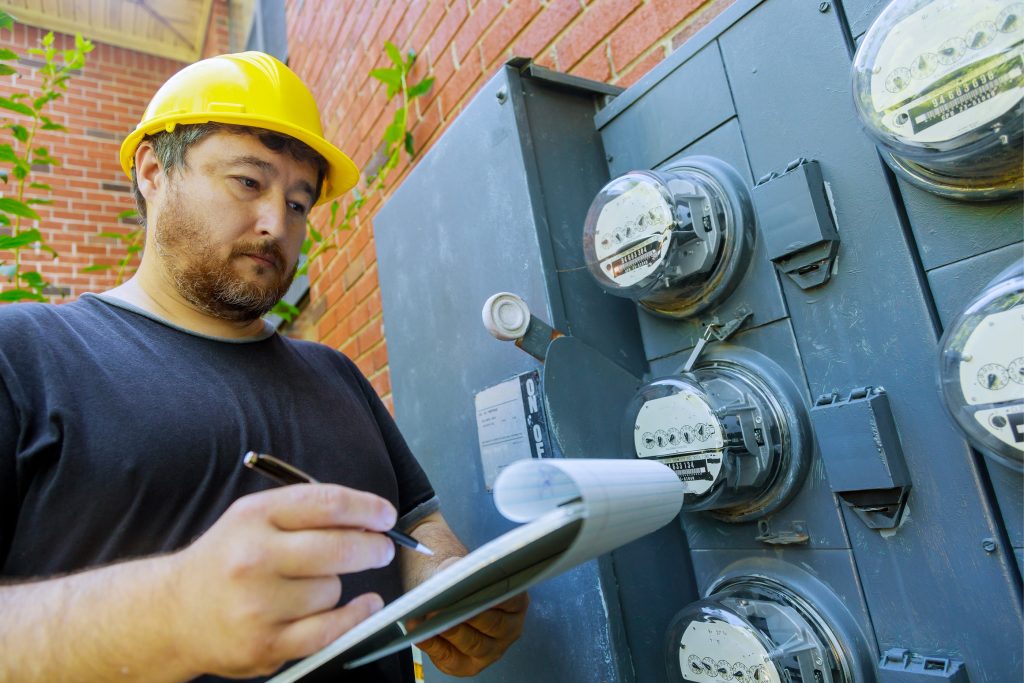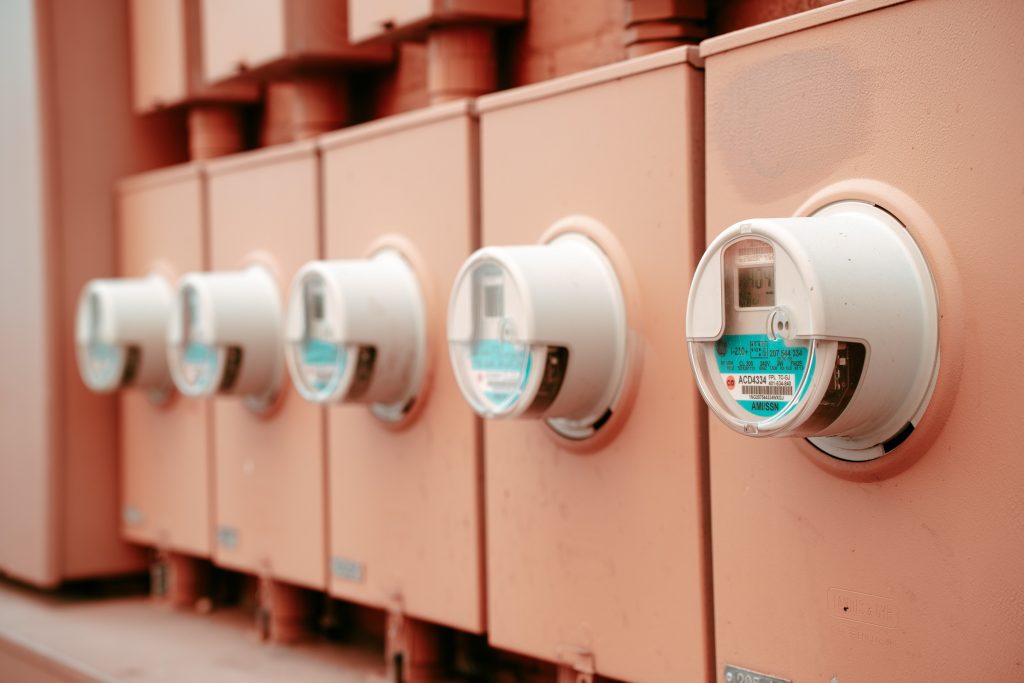
Small-scale electrical grids are a game-changer in the world of energy. As the name suggests, they are mini-grids that operate independently of the main electrical grid, providing communities, businesses, and even individuals with greater control over their energy supply. By incorporating advanced technologies such as renewable energy sources, energy storage, and intelligent energy management systems, small-scale electrical grids are quickly becoming a popular solution for those looking for energy independence and sustainability.
Gone are the days of relying solely on centralized power grids for energy needs. With the rise of small-scale electrical grids, communities, businesses, and individuals have the power to take control of their energy supply and reduce their dependence on traditional power grids. These microgrids can be designed to fit the specific needs of each user, making them a customizable solution for a wide range of energy needs. So, what does this mean for you? Whether you’re a community looking to take control of your energy supply or a business seeking to reduce energy costs, microgrids offer a solution for a more sustainable and resilient energy future.
So grab a cup of coffee, sit back, and get ready to learn about a new and exciting way to take control of your energy future.
Table of Contents
Key Benefits Of Microgrids

Small-scale electrical grids offer a range of benefits for communities and individuals seeking control over their energy needs. These local energy systems are designed with efficiency in mind, reducing transmission losses and promoting the use of renewable energy sources. Microgrids provide improved energy reliability, allowing communities to access energy even during power outages and providing greater control over their energy sources. Moreover, small-scale electrical grids can enhance energy security by reducing dependence on a single energy source and creating a more resilient energy system. Let’s dive into the key advantages of small-scale electrical grids and examine real-world scenarios that demonstrate their impact on daily life.
1. Increased Energy Efficiency
Microgrids are designed to optimize energy use and reduce transmission losses, leading to increased energy efficiency. In a typical microgrid, energy is generated and consumed locally, reducing the need for long-distance transmission and minimizing energy losses along the way. Additionally, microgrids can be designed to prioritize the use of renewable energy sources, such as solar or wind power, further reducing their carbon footprint. For example, consider a rural community that relies on a microgrid for its energy needs. The microgrid includes a mix of renewable energy sources, such as solar panels and wind turbines, as well as battery storage systems to store excess energy for times when the sun isn’t shining, or the wind isn’t blowing. Using this combination of energy sources, the community can minimize its reliance on fossil fuels and reduce its carbon footprint while reducing energy costs for its residents.
2. Improved Energy Reliability
Another key benefit of microgrids is their ability to operate independently of the traditional grid, ensuring that communities and individuals have access to energy even during power outages. This increased energy reliability is particularly important for communities in remote or disaster-prone areas, where traditional grid infrastructure may be vulnerable to damage. For example, consider a coastal community that is vulnerable to hurricanes. In the past, residents of this community have faced prolonged power outages in the aftermath of storms, leading to a loss of electricity, refrigeration, and other essential services. With a microgrid in place, however, residents can continue to access energy even when the traditional grid is down, ensuring they have access to essential services and reducing the risk of harm during a disaster.
3. Community Control
Another major benefit of microgrids is that they are owned and operated by communities and individuals, giving them greater control over their energy sources. This allows communities to prioritize the use of renewable energy sources and to manage their own energy needs, reducing their dependence on external sources of energy and increasing their resilience in the face of power outages or other disruptions.
For example, consider a small town that has installed a microgrid to serve its residents. The town council can work with local residents to develop a plan for the microgrid, prioritizing the use of renewable energy sources and determining the most effective mix of energy sources and storage systems to meet the town’s needs. This increased control and ownership of the energy system can help to foster a sense of community and empower residents to take action to reduce their carbon footprint and improve their energy security.
4. Increased Energy Security
Microgrids can also play a key role in increasing energy security by reducing dependence on a single energy source. By using a mix of energy sources and storage systems, microgrids can provide a more resilient energy system that is less vulnerable to shortages or interruptions in energy supply. For example, consider a remote community that has traditionally relied on diesel generators for its energy needs. Over time, this dependence on a single energy source has become increasingly risky as fuel prices have risen and the availability of diesel has become more uncertain. With a microgrid in place, however, the community can reduce its dependence on diesel and increase its energy security by incorporating a mix of renewable energy sources and storage systems. This can help to ensure that the community has access to energy even when diesel supplies are disrupted, improving its resilience and reducing the risk of energy shortages.
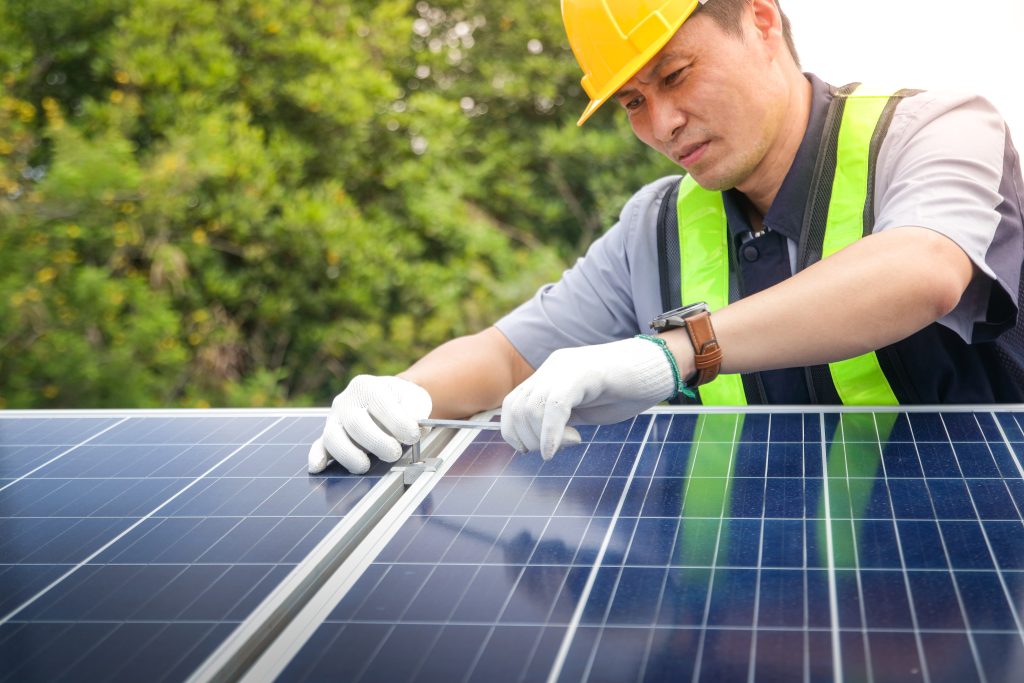
In conclusion, small-scale electrical grids offer a wide range of benefits for communities and individuals seeking to take control of their energy needs. From increased energy efficiency and improved energy reliability to community control and increased energy security, microgrids provide a powerful solution for communities seeking to reduce their carbon footprint, increase their energy security, and improve their resilience in the face of power outages and other disruptions. Whether it’s a rural community relying on a mix of renewable energy sources, or a coastal town seeking to protect itself from the risks of hurricanes, microgrids offer a flexible and scalable solution that can be tailored to meet the unique needs of each community. By providing access to reliable and sustainable energy, microgrids can play a key role in shaping a more resilient and sustainable energy future for all.
